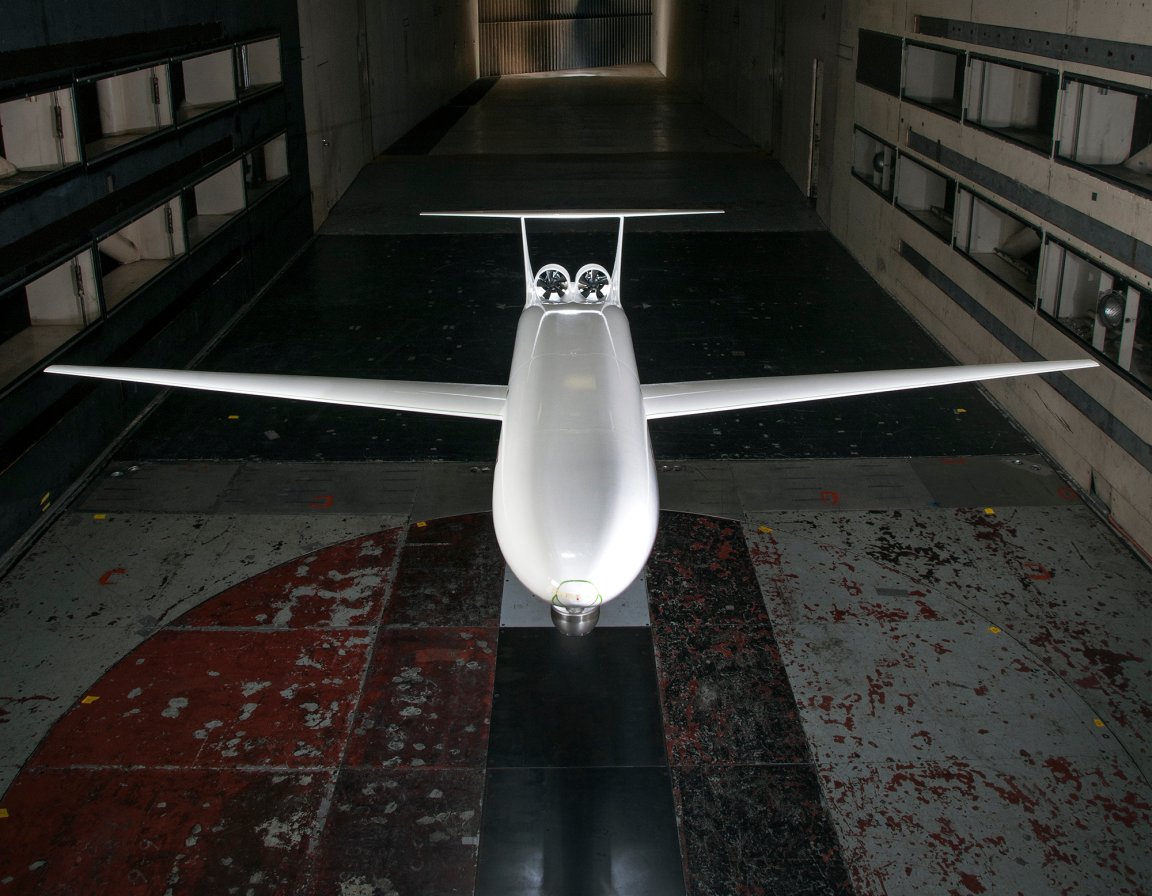
The “Double Bubble”
An estimated 50 million Americans are taking to the skies this holiday season, battling crowded airports in order to enjoy time with their friends and family. However, while they can bring people closer together, commercial airplanes are widening the gap between humanity and our climate goals.
But a team of designers from Aurora Flight Sciences, the Massachusetts Institute of Technology (MIT), and Pratt & Whitney think they have a way to change that.
In 2008, the team started working on a new design concept for commercial aircraft as part of NASA’s N+3 program. They call the new craft the “double-bubble” D8, and if it works in practice how it does on paper, it could dramatically reduce the noise, emissions, and fuel burn associated with commercial travel.

The primary difference between the D8 and other passenger aircraft — such as a Boeing 737 or Airbus A320 — is the position of the engines. Instead of placing them beneath the wings, the designers have chosen to put the engines on top of the plane’s body near the tail. This greatly reduces the plane’s drag and improves its fuel efficiency.
The main body of the D8, called the fuselage, is wider and more oval-shaped than a conventional passenger jet. This design allows the fuselage itself to generate some lift, project co-lead Alejandra Uranga, who is now an assistant professor of aerospace and mechanical engineering at the University of Southern California (USC), told Scientific American. The D8’s design also includes a smaller, lighter tail and wings and a more aerodynamic nose.
Cleaner Skies
While electric ground transportation is growing in popularity, the aviation industry hasn’t made similar efforts to go green. Air travel currently accounts for two to three percent of global carbon dioxide emissions, and within the next 10 years, that figure is expected to double. Some experts have even suggested avoiding air travel altogether in an effort to combat its current negative impact on the environment.
If adopted worldwide, the D8 could reduce fuel consumption — and in turn emissions — by up to 66 percent in the next 20 years. According to the team’s calculations, the D8 design requires 37 percent less fuel than typical passenger jets. It would also mean a 50 percent reduction in community noise levels, and an 87 percent reduction in landing and take-off cycle nitrogen oxide emissions.
However, the D8 also flies slower than other aircraft. Manufacturers will need to decide how the slower speed will play out economically, but given its environmental advantages, plane manufacturers might be willing to take a chance on this concept plane of the future.
The team has already built and tested an 11th-scale model of the D8 in a NASA wind tunnel, and next, they want to build and test a half-scale prototype. If the results of those tests are promising, the D8 could be hitting the skies in time for the 2035 holiday travel season.